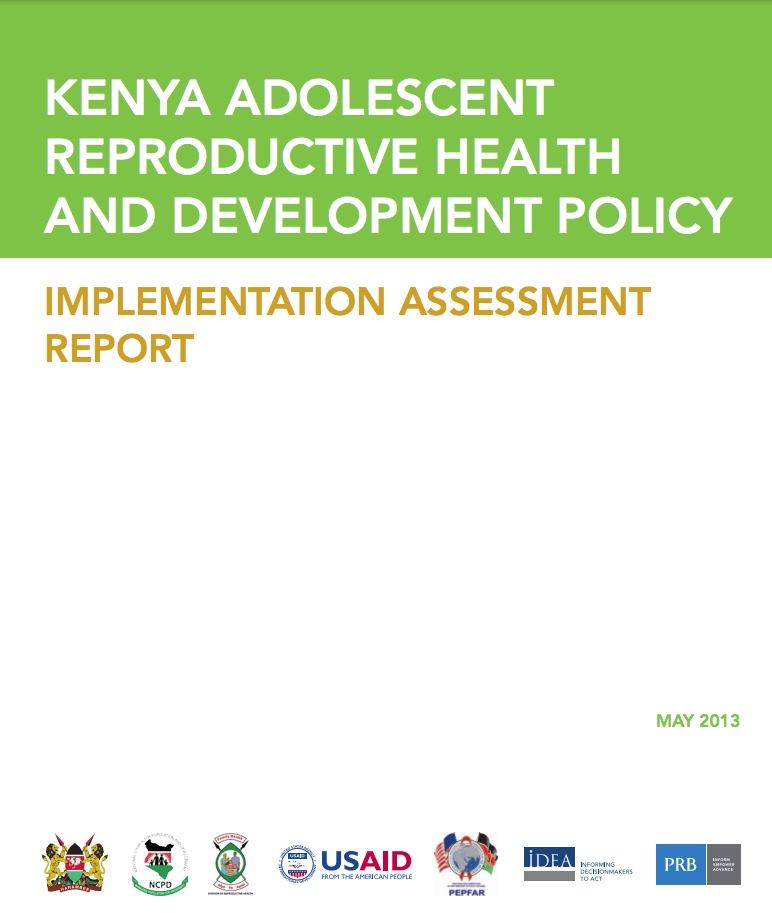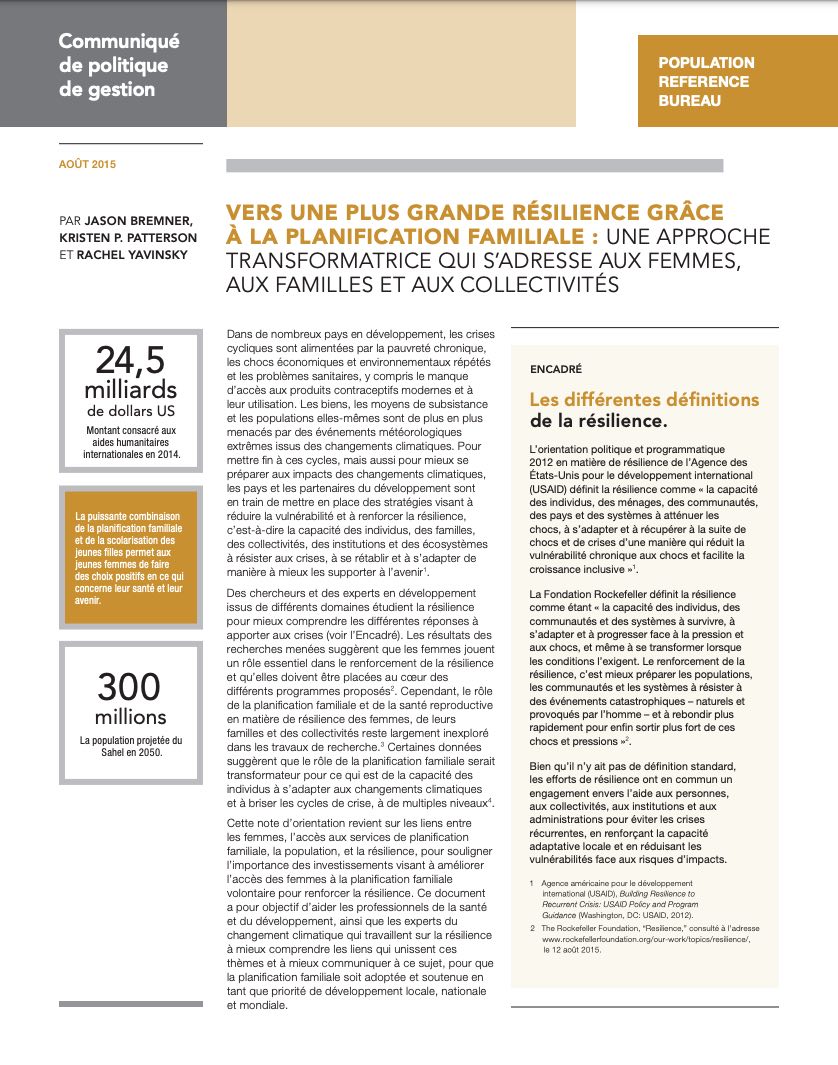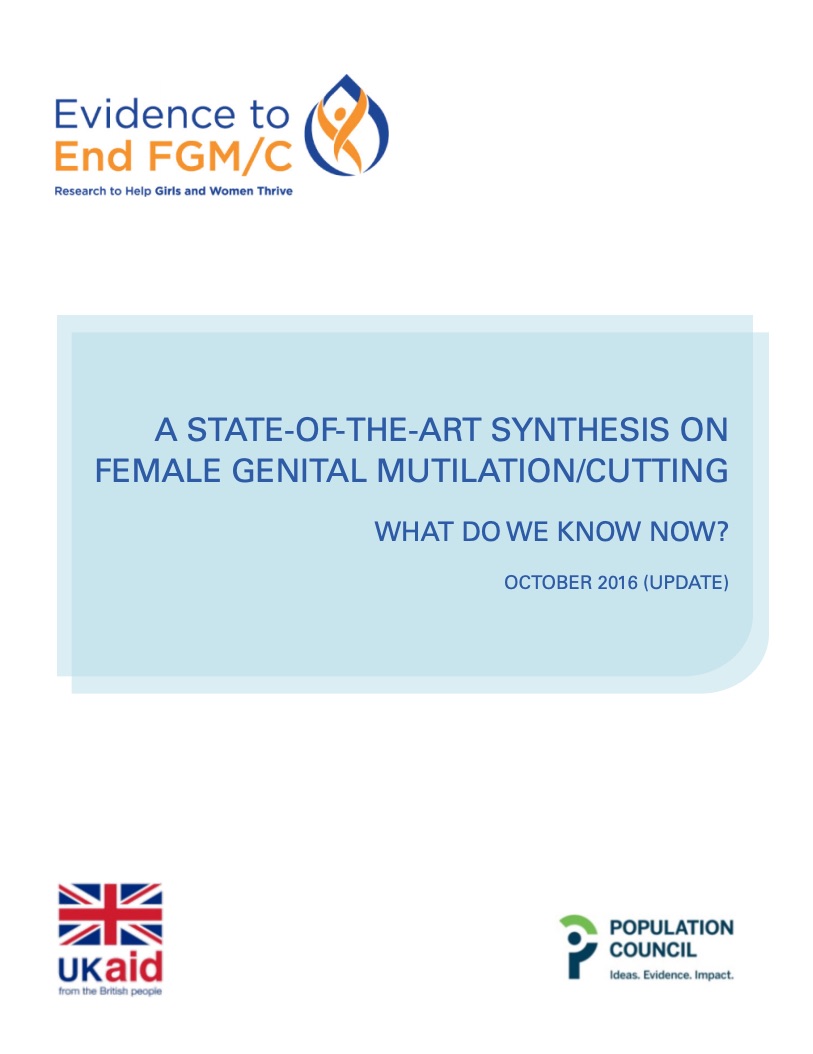405 Search Results Found For : "%E5%B9%BF%E5%B7%9E%E5%BC%80%E5%88%A9%E7%A9%BA%E8%B0%83%E5%92%8C%E7%89%B9%E7%81%B5%E7%A9%BA%E8%B0%83%E5%BE%AE%E4%BF%A1%E5%8F%B7%EF%BC%9AGU-2015"
Project: Indicators of Well-Being for California's Children
Suicide Replaces Homicide as Second-Leading Cause of Death Among U.S. Teenagers
(2016) Suicides have become the second-leading cause of death among teenagers in the United States, surpassing homicide deaths, which dropped to third on the list (see Figure 1). The teenage suicide rate increased from 8 deaths per 100,000 in 1999 to 8.7 deaths per 100,000 in 2014.

Report. Kenya’s Adolescent Reproductive Health and Development Policy: Implementation Progress and Barriers
(2013) Developed in 2003, the Adolescent Reproductive Health and Development (ARHD) Policy was the first in Kenya to focus on improving the reproductive health and well-being of adolescents and youth.1 Ten years since the policy was developed, Kenya has experienced much advancement and change in the social, economic, and political environment for ARHD.

Project: IDEA: Informing Decisionmakers to Act
Vers Une Plus Grande Résilience Grâce À La Planification Familiale : Une Approche Transformatrice Qui S’adresse Aux Femmes, Aux Familles Et Aux Collectivités

Today’s Research on Aging 44: More Than a Feeling: How Social Connection Protects Health in Later Life
Older adults’ social ties are more important for physical and mental health than previously thought, new research shows.

PRB Data Center Highlights Role of Youth in Combatting Noncommunicable Diseases
A global database on the prevalence of risk behaviors among youth for noncommunicable diseases (NCDs) highlights the need to focus on young people to tackle the growing NCD epidemic—especially in low- and middle-income countries.

Project: Center for Public Information on Population Research (CPIPR)
New Research Finds Health-Promoting Improvements Concentrated in More Advantaged U.S. Neighborhoods
Neighborhoods that are more walkable, with accessible public transportation, and amenities such as parks that promote physical and social activity are associated with better health.

Project: Evidence to End Female Genital Mutilation/Cutting
Report. A State-of-the-Art Synthesis On Female Genital Mutilation/Cutting (Update)
(2016) Efforts to end female genital mutilation/cutting (FGM/C) are a rising priority on many national and global agendas. Thus it is imperative to have a clear understanding of the scale and scope of the practice, and where it occurs, as well as the dynamics of change and the broader context surrounding it.

